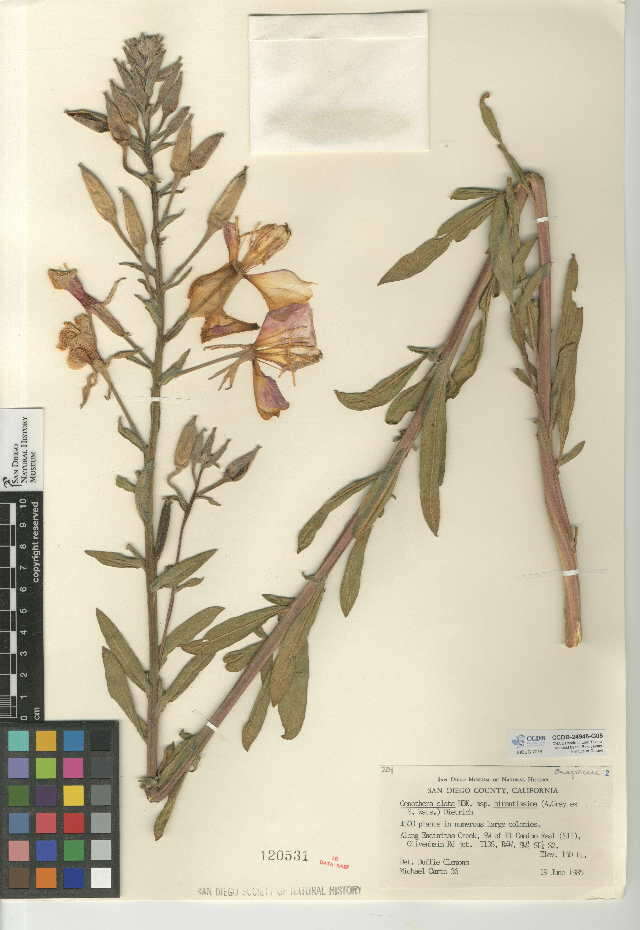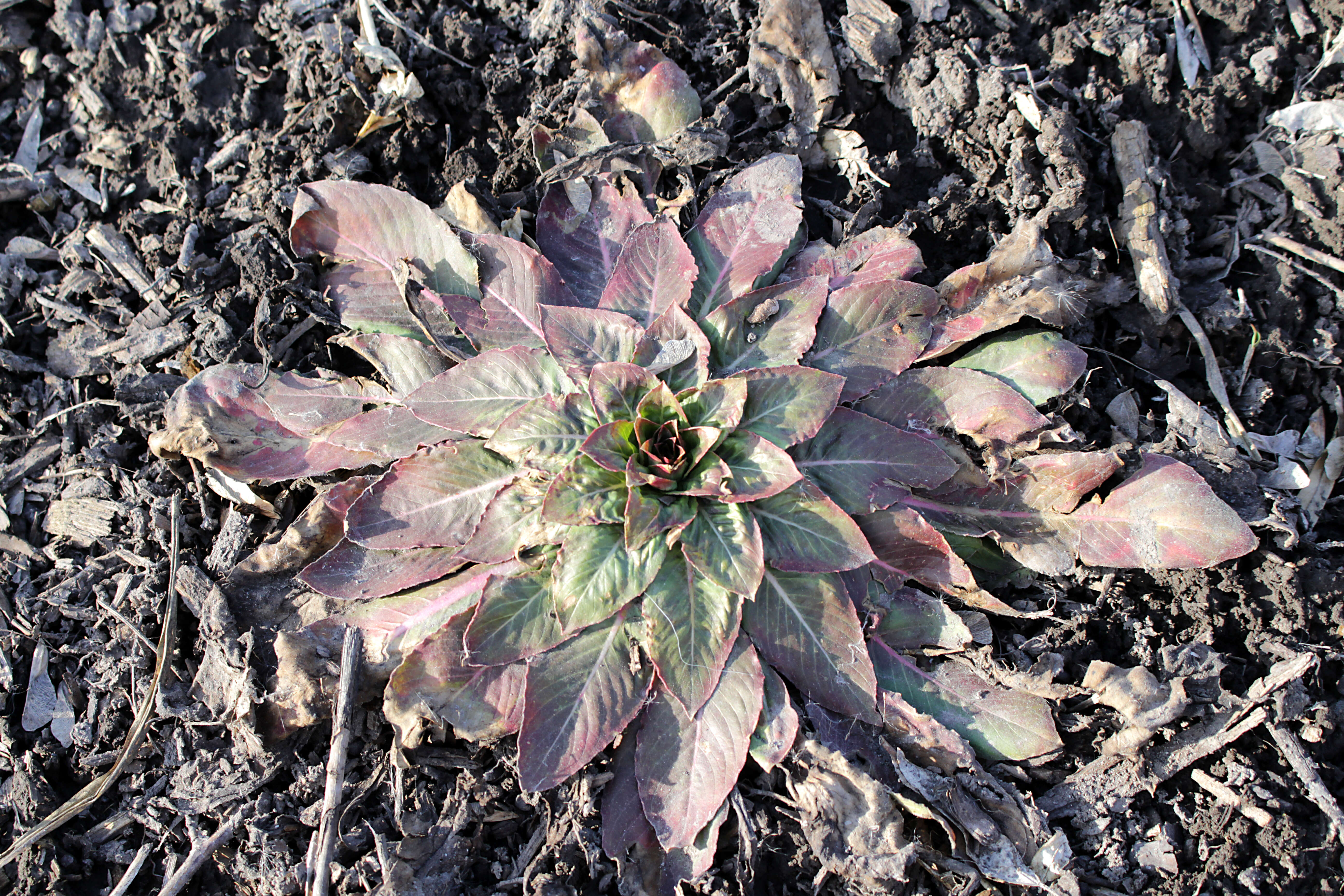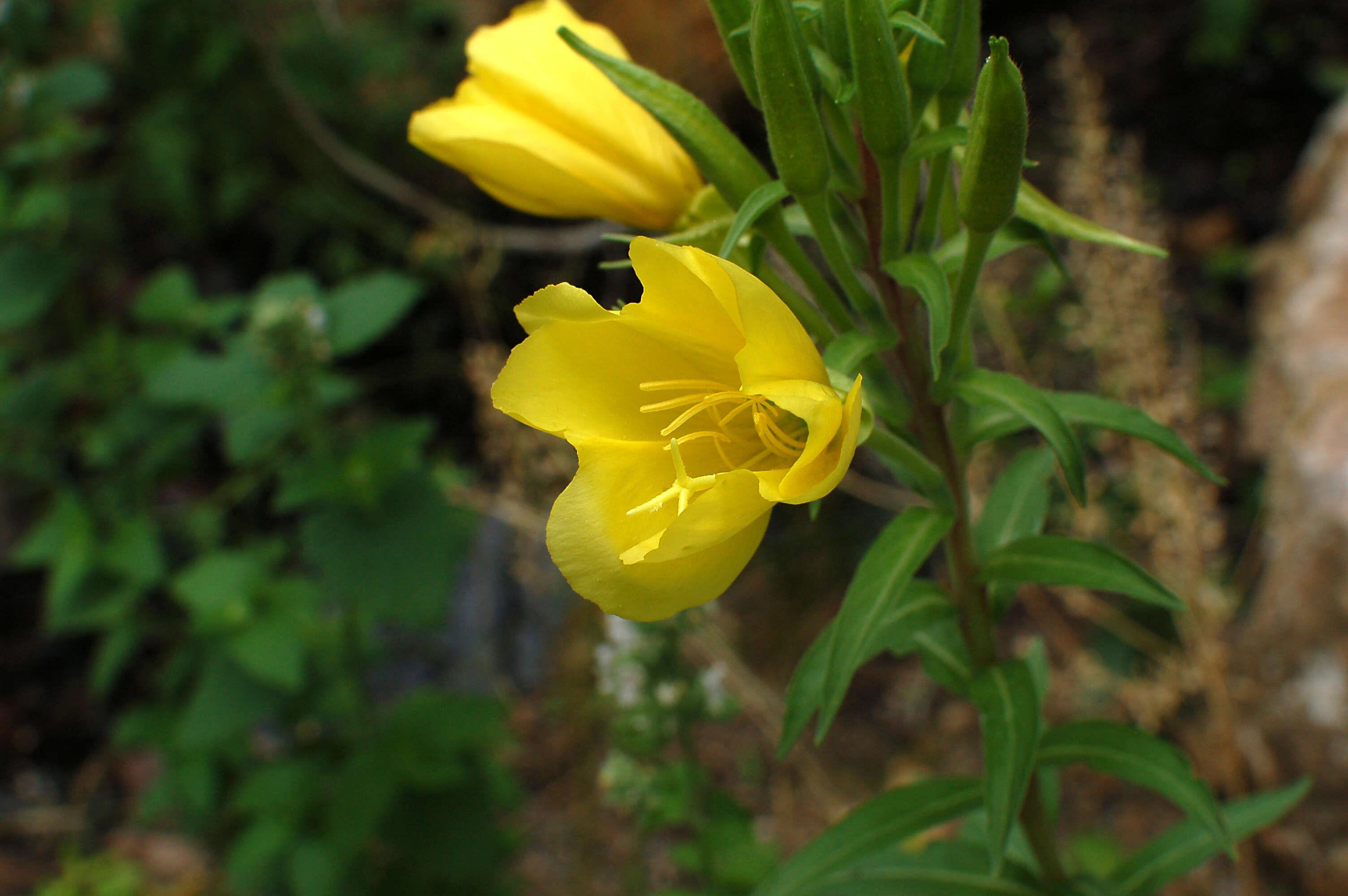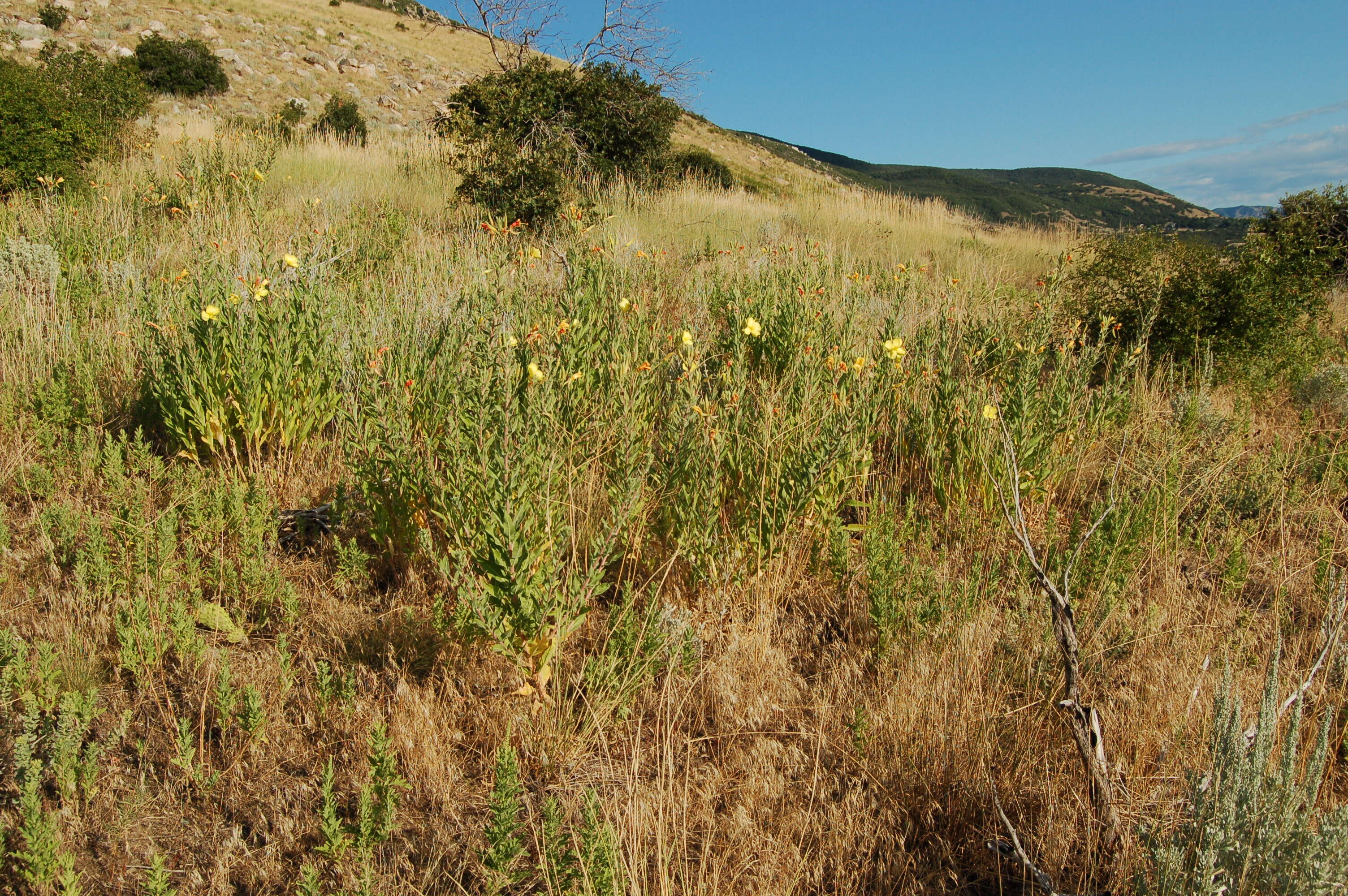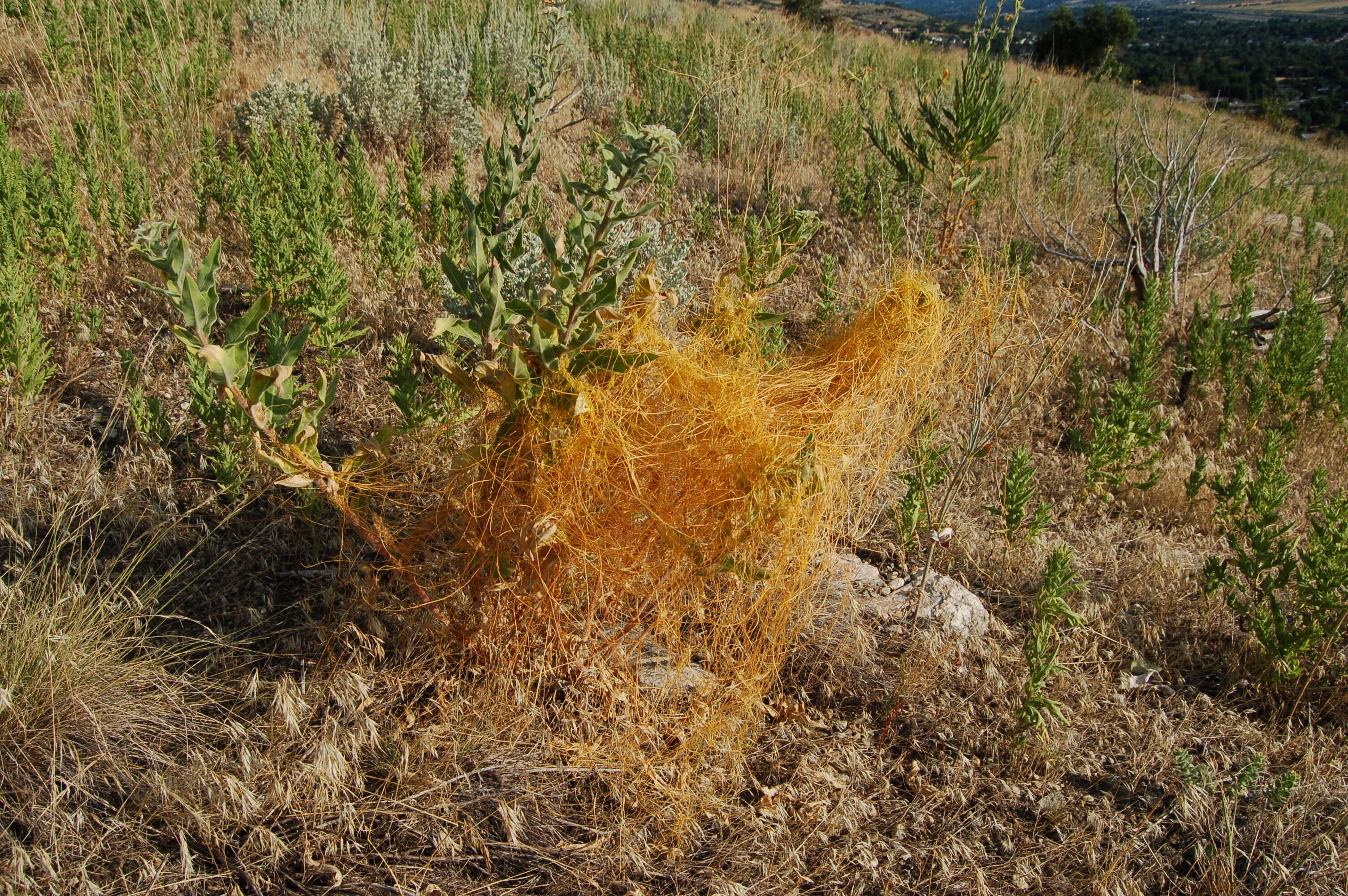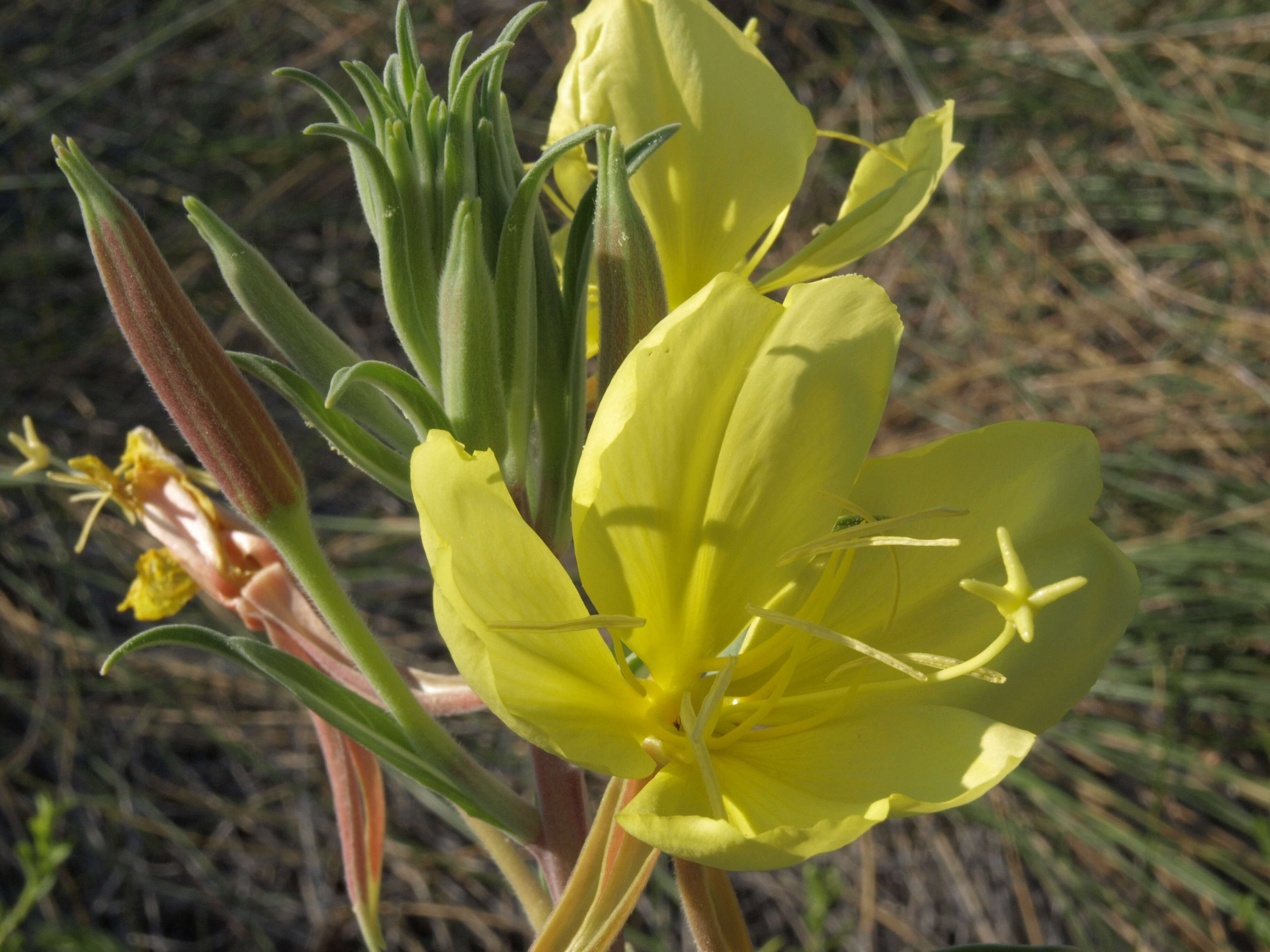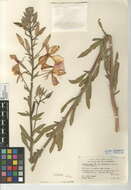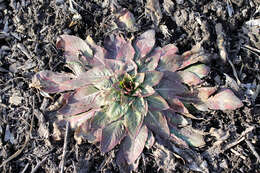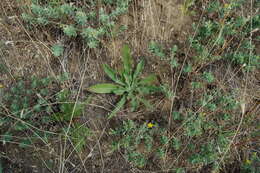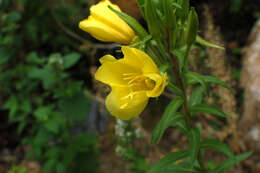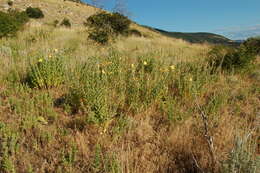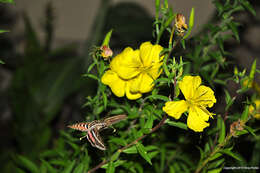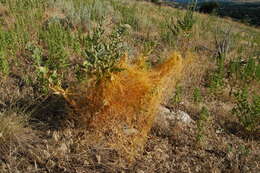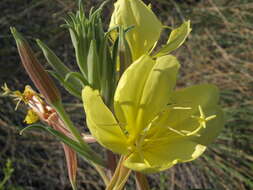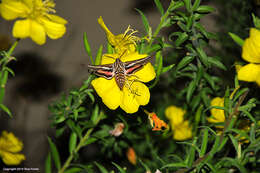-
Herbarium..
-
The first year basal rosette of Oenothera elata var.*hirsutissima (*treated also as subsp.). Rosette width was about 28 cm; a very robust rosette for this species and especially this early in the season. Plant first appeared last summer.In it is second and usually final season, it turns into something quite different.A native herbaceous species that has found a way to hang on in wet places in suburbia.February 28, 2016, Salt Lake County, Utah, about 4,335 ft.
-
Natives Oenothera elata var.hirsutissima (or Oenothera elata ssp. hirsutissima) and Heterotheca villosa var. minor* attempting to fend off invaders. A usually biennial form, the first year the produces a basal rosette that includes long leaves.August 8, 2009, foothills about south Farmington near the Farmington-Centerville line, about 4,960 ft. elev., Davis County, Utah*Postscript: taxonomy has changed. Cannot be completely certain, but it appears the Heterotheca is H. utahensis,
-
Oenothera elata var. (also subsp.) hirsutissima (syn. O. hookeri var./subsp. hirsutissima, O. biennis var./subsp. hirsutissima).Tends to grow in riparian or wettish habitats in natural environments, here growing near a wet drainage in a remnant ecotone. This is also one of our relatively few native plant species that has been able to persist in urban environments where it will spread and intermittently appear along ditches, gutters, and creeks. Short-lived, usually a biennial, forming a basal rosette the first year, and then growing very tall the second year (often seven to eight feet tall or more, i.e. over 2 meters).The species is also known also as Hooker's evening-primrose.July 27, 2013, Wasatch Front, Little Cottonwood Canyon drainage, Sandy, Salt Lake County, Utah, approx. 5,125 ft. elev.
-
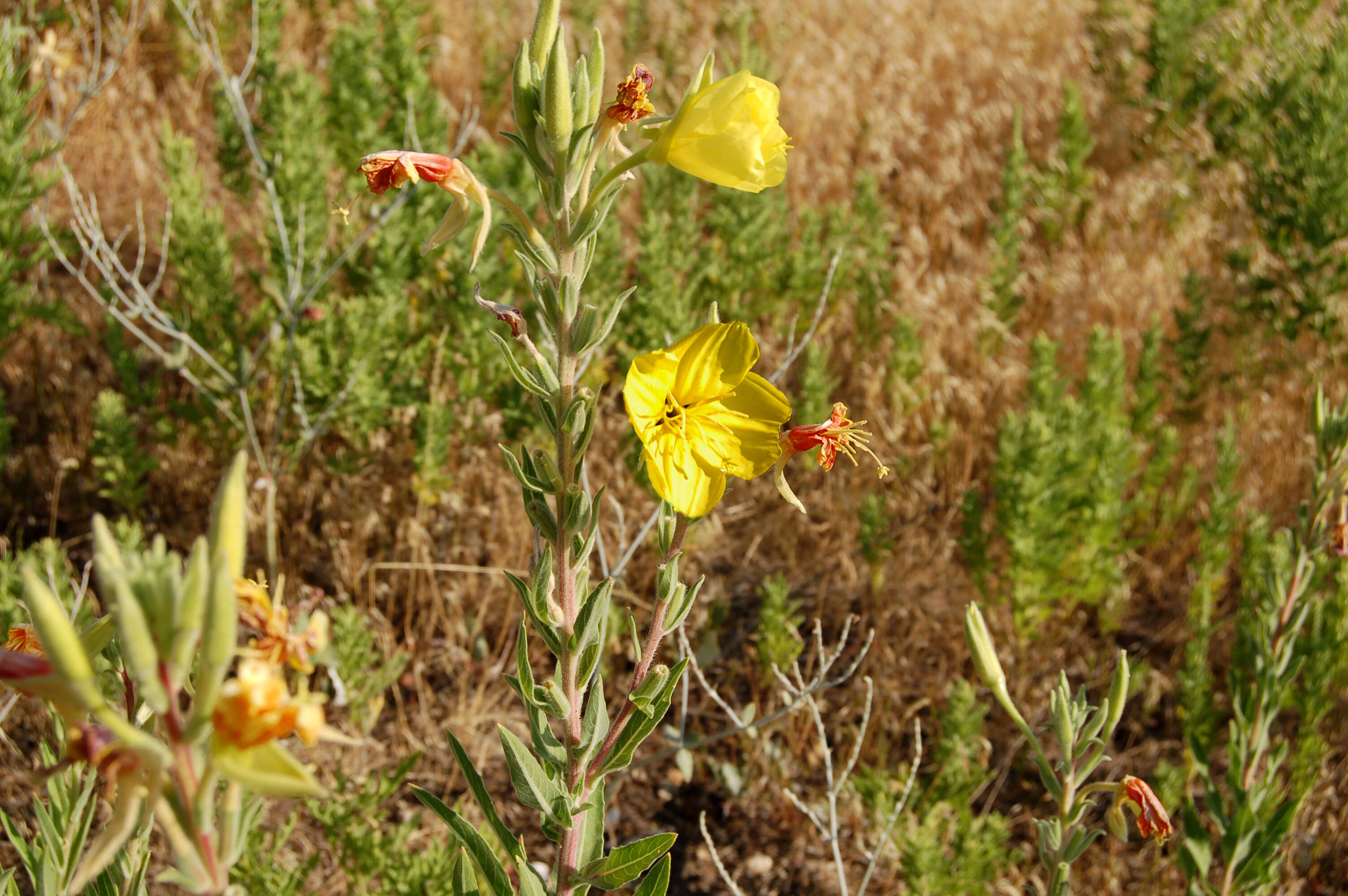
Oenothera elata var. hirsutissima (or Oenothera elata ssp. hirsutissima). Non-riparian, foothill habitat. Heavy invasion by cheatgrass.Arthur Cronquist made the combination Oenothera elata var. hirsutissima (Gray ex S. Wats.) Cronq. in 1997 (Intermountain Flora, Vol. 3A). The modern trend is towards treating plants as varieties rather than as subspecies even when separated by great distances. Most references seem to be treating this taxon as a subspecies , i.e. Oenothera elata subsp. hirsutissima (A. Gray ex S. Wats.) W. Dietr. that was published around the same time as the Cronquist publication or shortly thereafter. Why that has been adopted rather than the varietal combination is unclear. Just a few synonyms include Oenothera biennis var. hirsutissima, Oenothera elata var. hirsutissima, Oenothera hookeri subsp. hirsutissima.This species is thought to be sensitive to ozone. It is a biennial (or more rarely a short-lived perennial), the first year characterized by a basal rosette with usually long leaves, and the second year depending on the habitat becomes quite tall, commonly 6 feet (15 dm) or even much taller (reported up to 25 dm). It is one of the relatively few locally native species that will show up in expected places in suburbia along street gutters and ditches.August 8, 2009, foothills above Farmington, Davis County, Utah approx 4800 ft. elev.
-
Oenothera elata var.hirsutissima (or Oenothera elata ssp. hirsutissima). Growing with Opuntia macrorhiza, sagebrush, Gambel's oak. Note extensive cheatgrass invasion. The Western evening-primrose is more typically found along streams, ditches, moister areas. August 8, 2009, foothills above Farmington, Davis County, Utah approx 4800 ft. elev.
-
The White-lined Sphinx Moth (also sometimes called a "hawk moth," Hyles lineata) is also sometimes referred to as a "hummingbird moth" since they fly very energetically. They consequently require a lot of nectar. Like a hummingbird, they rarely hold still for more than a moment or two.The plant is the locally native Oenothera elata var. hirsutissima grown from local genotypes. Each flower only lasts for one night.August 11, 2014, Salt Lake County, Utah, in horticulture, at about 9:15pm.
-
Cuscuta parasitizing Oenothera elata var./subsp. hirsutissima. Somewhat unusual dryish area for the primrose to be here. This Cuscuta may not be very specific in what it attacks; I am unaware of reports of O. elata being a parasitic host for Cuscuta. The host plant here however is a biennial form which means that all of the Dodder growth you see here happened this year, and the seeds must have also germinated within the last year. In light of the orange stems (although the light was more intense when this picture was taken) and because I also saw this growing in/near a residential area near the base of Farmington Canyon, I suspect this is Cuscuta approximata. August 8, 2009, foothills above Farmington and south of Farmington Canyon, Davis County, Utah
-
Bishop, California, United States
-
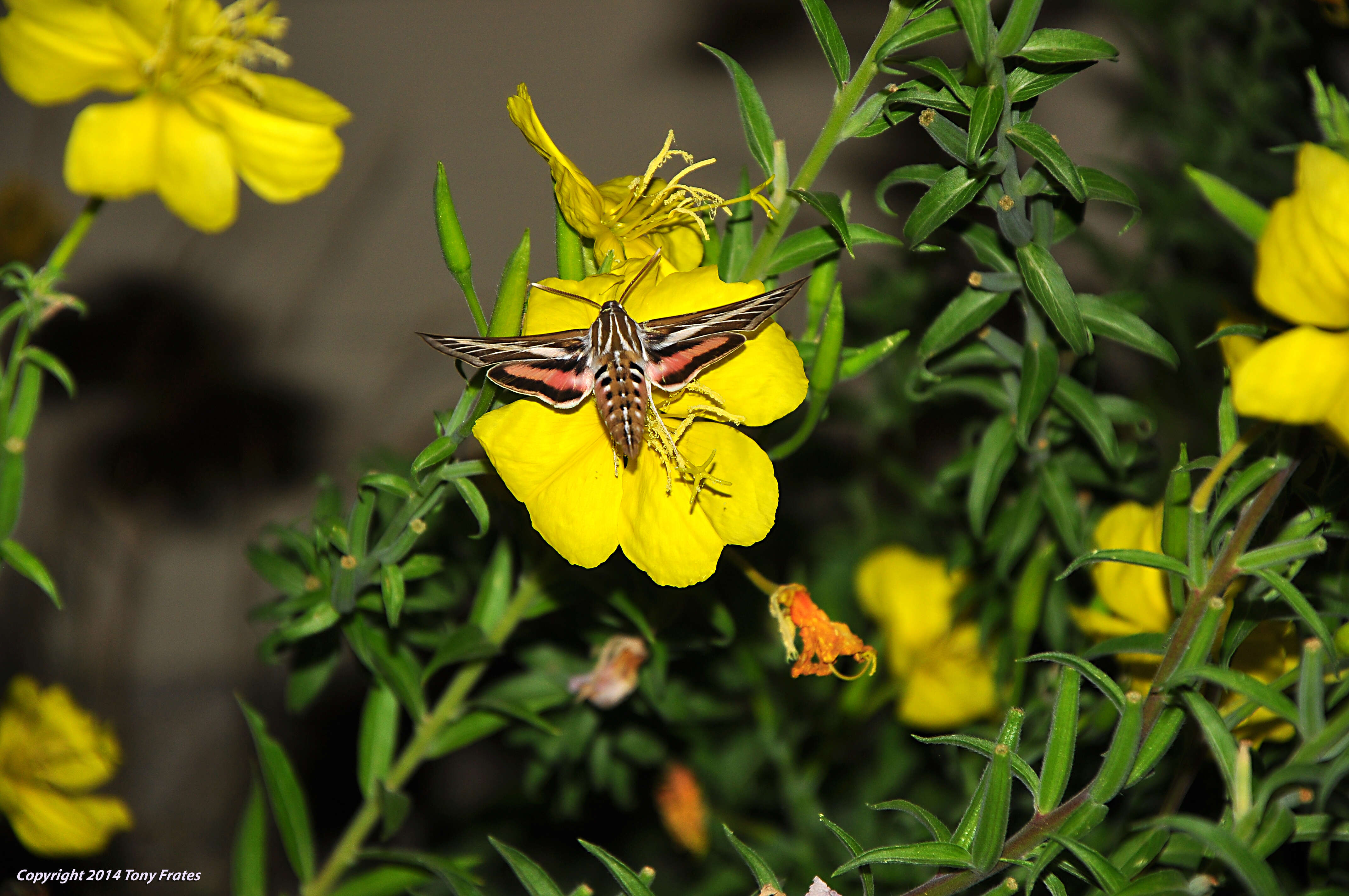
After first seeing one of these moths about a week ago, I have been on the lookout every night since and finally, thanks to a neighborhood cat who has claimed our yard as part of its turf and who was watching these when I came home fairly late, I had a second chance to photograph them (there were two but only one stuck around - the remaining moth did not however seem to be bothered by the camera flash; the cat on the other hand ran away very quickly!).I had a street lamp that provided some lighting behind me which definitely helped. These moths, also called "Hummingbird moths" in view of their energetic flight pattern, are in almost constant motion and do not hold still for more than a second or two.This is a large moth. The petals of this tall evening-primrose (which itself can grow to a height of 8 feet; here they are in the 5 to 6 foot tall range) are about 4 cm long so the wing span of this moth is something like 10+ cm (roughly 4 "). It is beautiful moth that is a very hard worker and clearly is an effective pollinator for this species as it systematically visits every single available flower (and they were many here) and then does it all over again. The moth is
Hyles lineata and the plant is the locally native
Oenothera elata var.
hirsutissima. Each flower of this evening-primrose is open for only a single night.August 11, 2014, Salt Lake County, Utah, in horticulture, at about 9:15pm. Postscript: to see what the caterpillar phase of this moth looks like, see:
www.flickr.com/photos/tonyfrates/48811184647/


